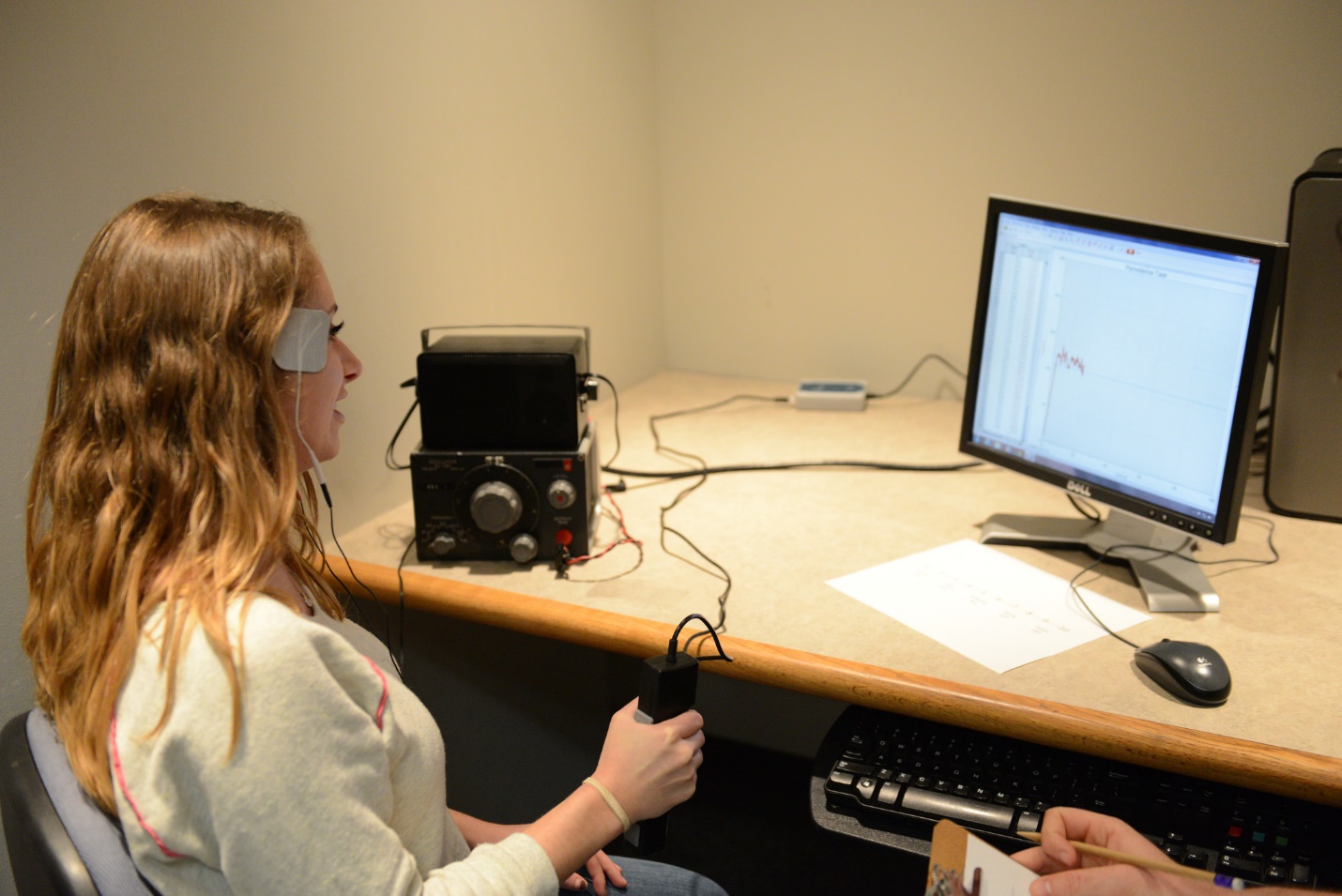HirtLab
The HirtLab currently has 4 Primary Research Projects ongoing. Click on Project that you are interested in to find more information and learn more about the research in our lab.
The HirtLab currently has 4 Primary Research Projects ongoing. Click on Project that you are interested in to find more information and learn more about the research in our lab.
Creativity is often characterized as an elusive, almost magical quality. It seems to spring from nowhere, whispered in one’s ear by a muse or breathed into one by God. Given the elusiveness of creativity and the importance of innovation in both science and businesses, researchers in psychology are concerned with the factors that would improve one's creativity. One important line of research is the effect of mood on people's performance in creativity tasks.
Research in our lab has focused on the effect of positive mood on people's quantitative (e.g., time, effort) and qualitative (flexibility in one's responses) performance in a creativity task. We have also explored some of the underlying processes leading to the general positive-mood-to-creativity effect. We also study other variables that affect creativity such as stop rules of task performance and psychological distance.
Suggested Readings:
In the Hirtlab, we investigate a number of phenomena that fall under the definition of judgment and decision making. Much of our past and current JDM work is aimed at debiasing judgmental fallacies. The lab has examined strategies for debaising the explanation bias, as well as the processes that underlie those strategies. We have also examined debiasing techniques for the planning fallacy and first instinct fallacy. More generally, we are interested in the difference between simple corrections and true debiasing.
We are currently working on a project that looks at the person perception implications of the first instinct fallacy, and a project that investigates probability matching within the context of March Madness bracket making.
Suggested Readings:
Ego depletion, as it was originally coined in the late 90’s, describes a phenomenon in which utilizing self-control in one situation can impair our self-control in subsequent situations. In other words, our self-regulatory abilities appear to be of a limited nature, such that any extended use of self-control leads these resources to be depleted later on.
Recent work in HirtLab has explored the effects of perceptions and attributions on the phenomena of ego depletion. Although this work is currently being extended in many different directions, we have already discovered several interesting phenomena that show perceptions to be an important aspect of mental fatigue (as well as mental recovery). For instance, when individuals are depleted of their mental resources via a difficult task, and are then given feedback saying that the task they completed was supposed to be mentally taxing, they are able to attribute their current level of fatigue to the task (and not to themselves) and show a high level of persistence on a later task (Clarkson et al., 2010; 2011). Such results suggest that perceptions may play a bigger role in mental depletion than was originally assumed in earlier research.
Suggested Readings:
Generally speaking, self-handicapping is a phenomenon in which individuals intentionally undermine their own performance in a self-relevant domain so that they can provide a plausible excuse for potential failure. For instance, many students who are afraid of doing poorly on an upcoming test may decide to study very little or party very hard the night before the exam, such that they can blame their poor performance on extenuating circumstances rather than their general intelligence or academic potential. Over the years, Ed and his lab, HirtLab, have conducted numerous projects related to the phenomenon of self-handicapping, including the differences between claimed and actual self-handicapping, gender differences in the tendency to self-handicap, and the social implications that such self-handicapping behaviors can have on an individual.
Currently, work in Ed’s lab is attempting to extend our understanding of this highly maladaptive behavioral tendency, such as by exploring the effects of various affirmations on the extent of handicapping, as well as how adherence to different types of norms can influence self-handicapping’s emergence.
Suggested Readings:


